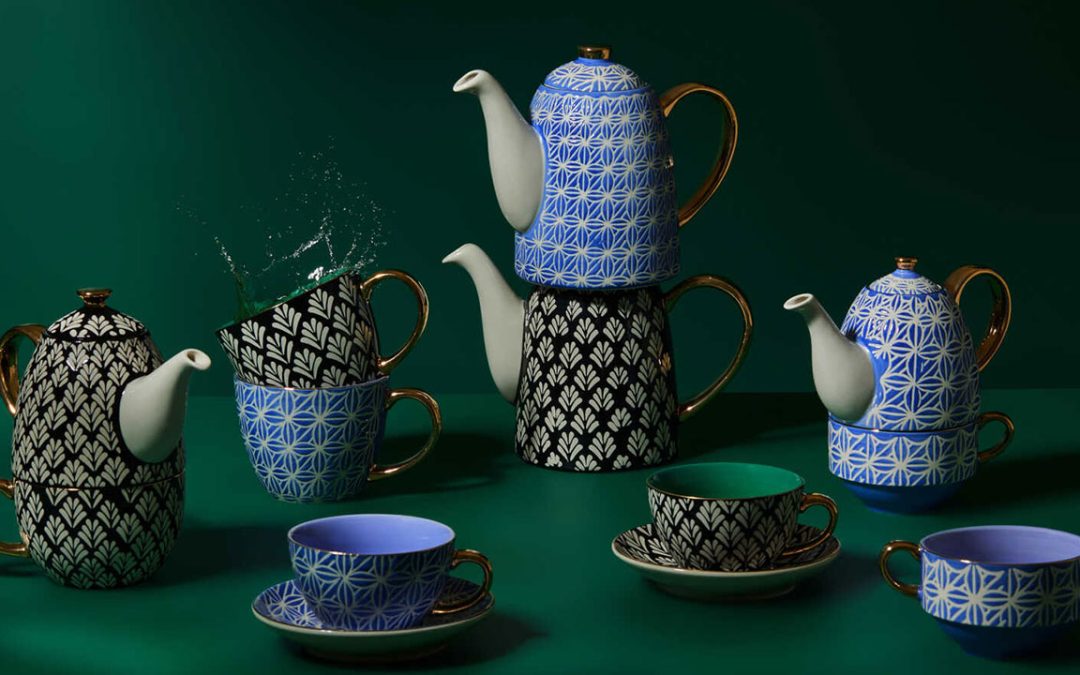
There’s no doubt that the country loves their cup of coffee. But with trends like milk tea luring in crowds of not only the young, but also the old, is tea slowly inching its way into the position of a strong beverage contender?
Not quite. “Coffee has become a way of life (in the Philippines) as it is usually a morning ritual or used to extend one’s energy during late nights,” Kalel Demetrio, famed Filipino beverage consultant for Agimat Bar, Lanai by Fresh Start and Coffee Art Tea, explains.
As for tea, it has always been associated with wellness and healing, called upon during times when one is not feeling up to par. “Tea is usually utilized as medicine,” Demetrio says, “like to aid in digestion or to help with losing weight. It is used for relaxation. It’s very niche.”
Perhaps it had to take a Filipino with the unique circumstances of growing up in a tea-drinking culture to recognize the beverage’s more beguiling qualities. John-Michael Hilton was born in Zamboanga and then moved to Sydney, Australia with his mother when he was just 6 months old. His educational background in business, marketing, and hospitality made him thrive while working his way up companies such as Sheraton on the Park Sydney and the world’s largest food services company, Compass Group.
He came back to the Philippines to help with his father’s seaweed manufacturing and exporting business but his roots in food and beverage had him establishing Visum Ventures. The company owns and operates the local stores of Australian yogurt drink brand Koomi, as well as gyros concept OMG and salad shop, Zig. Hilton’s latest move of bringing in Australian tea brand T2 Teas has industry watchers wondering what he saw in the local market that others clearly have not.
“It’s true that Filipinos are predominantly coffee drinkers,” Hilton starts, “but there is now a growing curiosity for tea. Like coffee, tea can be exciting, too. Aside from cutting down on caffeine consumption, consumers can enjoy other health benefits from a wide range of flavors that they can discover.”
Like Demetrio, he acknowledges that tea is more associated with “functional health benefits” but is determined to change that notion with the innovative Australian tea concept. “Apart from classic tea flavors, we have introduced T2’s innovative hot and cold blends, uniquely designed teaware collections, and exciting tea accessories so we can cater to both experienced and novice drinkers. We want Filipinos to have a more fun and extraordinary tea experience with T2.”
Demetrio concurs that trends like milk tea are introducing the beverage to a wider demographic even if having a local tea industry is still far from happening. He shares that in the north, farmers have been planting green tea but the yield is still barely enough to supply even artisanal concepts. Hilton sees that trends will be following shifts in lifestyle: “Providing healthier choices will definitely continue to shape the industry, as well as having more unique products that blur the lines between product categories.”
While coffee continues to dominate the beverage scene, healthier alternatives like tea presented in fun and innovative ways will surely get a fair share of the market.


Recent Comments